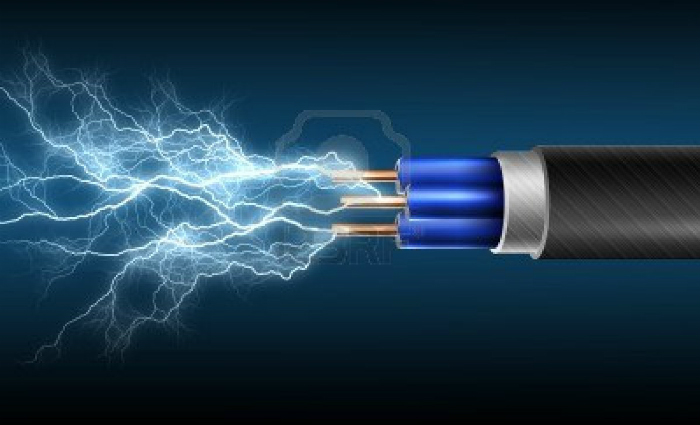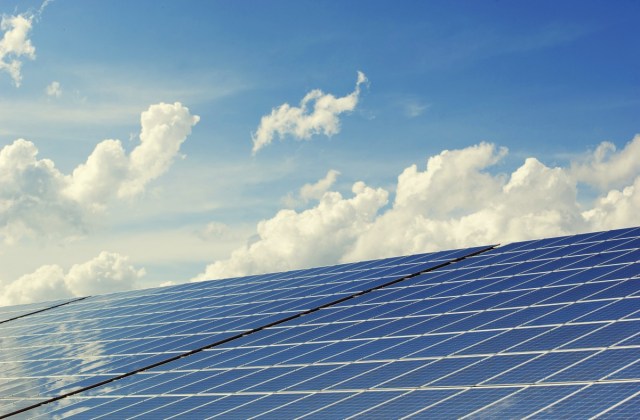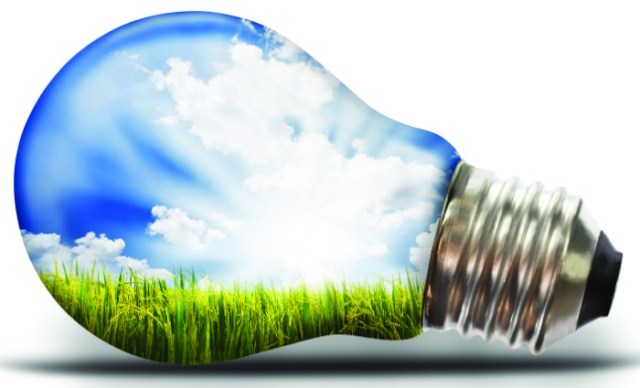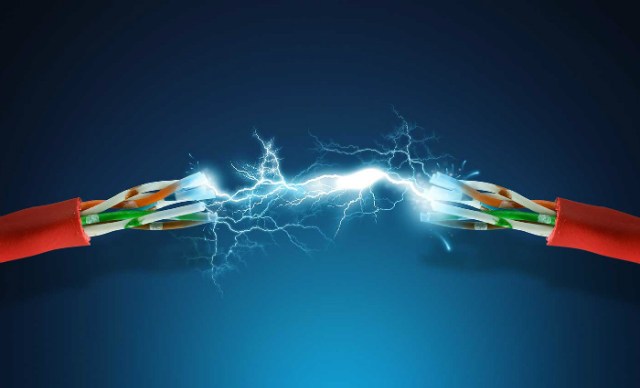
During the past year, BJ Ball, through its new energy efficiency division called E3, has installed a number energy saving technologies into print businesses around Australia. The results so far are excellent with energy reduction and efficiency achieving about 18 per cent on average. Southern Colour, Finsbury in Adelaide and Melbourne, Newstyle Printing, Kingswood Press, Alkoomi Winery in WA and an industrial site in Dubbo NSW have been the first users of the Claude Lyons Power Save system in Australia. Energy poses a two-fold problem for business. Firstly, cost continues to rise, often in double digital values directly and indirectly through changes in the way energy is calculated.
Recently, in some states there has been a shift away from kWh to kVa billing. The significance of this is that any energy saving technology loses its value if it only works on consumption and not peak demand. The second issue is the quality of the power that is being supplied to business sites around Australia. Fluctuating voltage levels can be a major problem, often referred to as Voltage Pollution it can not only waste energy but also damage valuable equipment. Harmonic waves caused by Variable Speed Drives that are commonplace in industry also reduces energy efficiency and damages delicate digital equipment. As well, power distortions in the supply to a site caused by large solar systems is now becoming a big issue in many parts of the country. The E3 Power Save technology from Claude Lyons flattens the incoming voltage at the in-feed supply to a site. The units can be configured to addresses Harmonics when required. The graph shows a typical Power Save result before and after installation.
This site has been continuously measured by the state energy authorities in their analysis of the technology. The graph shows that prior to the install the Peak demand values were 425 kVa, the high point was 507 kVa on Feb 19 this year. After the installation the peak demand dropped to around 325 kVa and peaking on June 30 with 350 kVa.
This is significant reduction in energy consumption. Similar levels of kWh savings were also seen at this site. The state energy authority are now looking to install units in the next few months. Finsbury Green Printing in Adelaide and Port Melbourne was an early adopter of the technology. The results in both sites has been excellent to date with energy reductions resulting in significant carbon reductions to the business due to reduced energy consumption.
Southern Colour in Eastern Melbourne has had its Power Save unit in since the beginning of 2015, the carbon reductions due to energy use are down by 15 per cent. Kingswood Press in Queensland is seeing reductions in energy and carbon around 16 per cent less than the same period last year. Voltage Stabilisation technology is classed as a passive energy technology. It makes already produced energy cleaner and more efficient.
Other technologies such as solar panels and wind turbines produce additional energy so could be called active technologies. The return on investment for Voltage Stabilisation is usually around two to three years, where for active technologies like solar panels the return on investment is as much as ten years.
Comment below to have your say on this story.
If you have a news story or tip-off, get in touch at editorial@sprinter.com.au.
Sign up to the Sprinter newsletter



